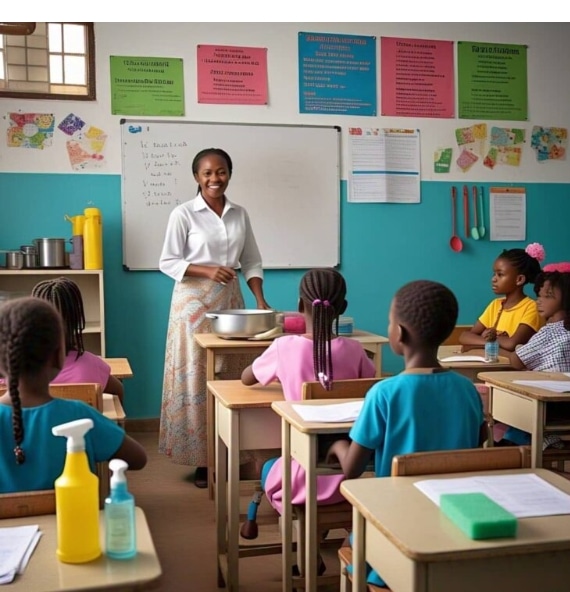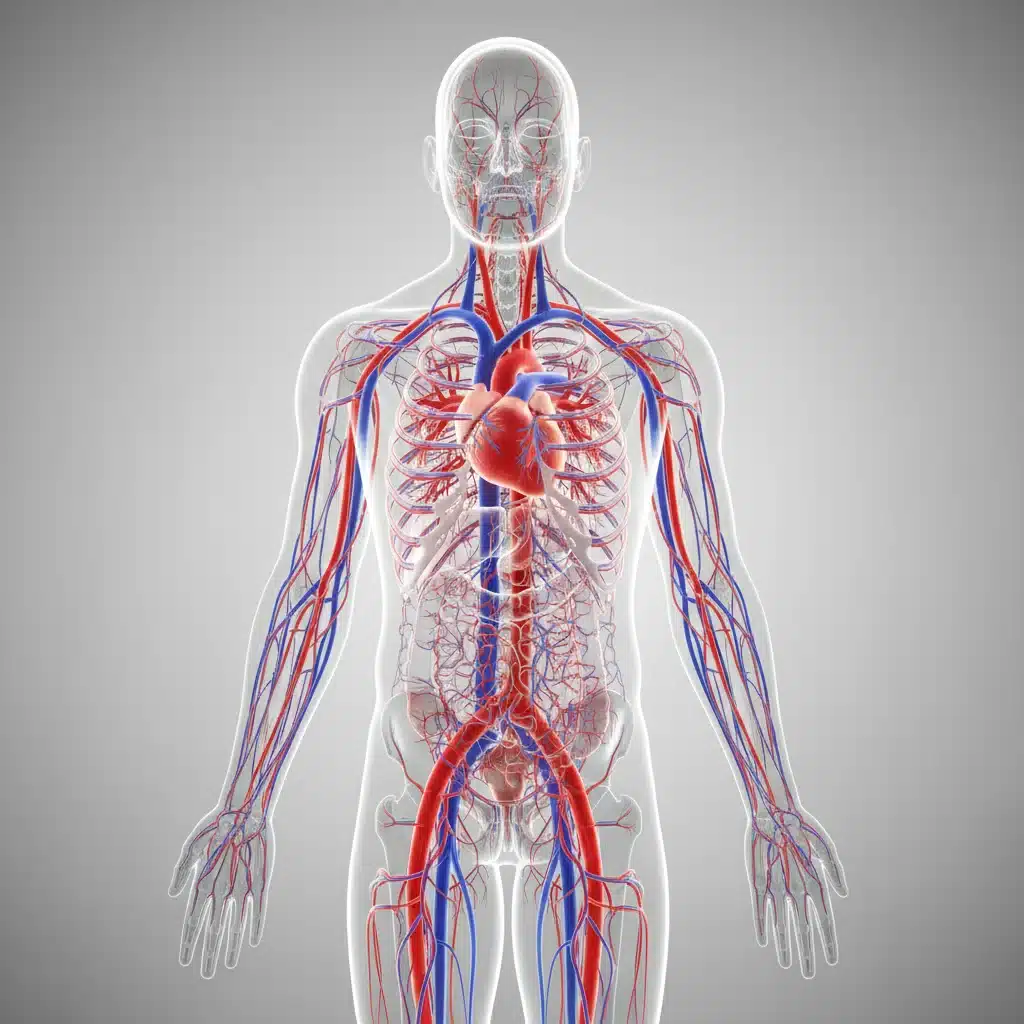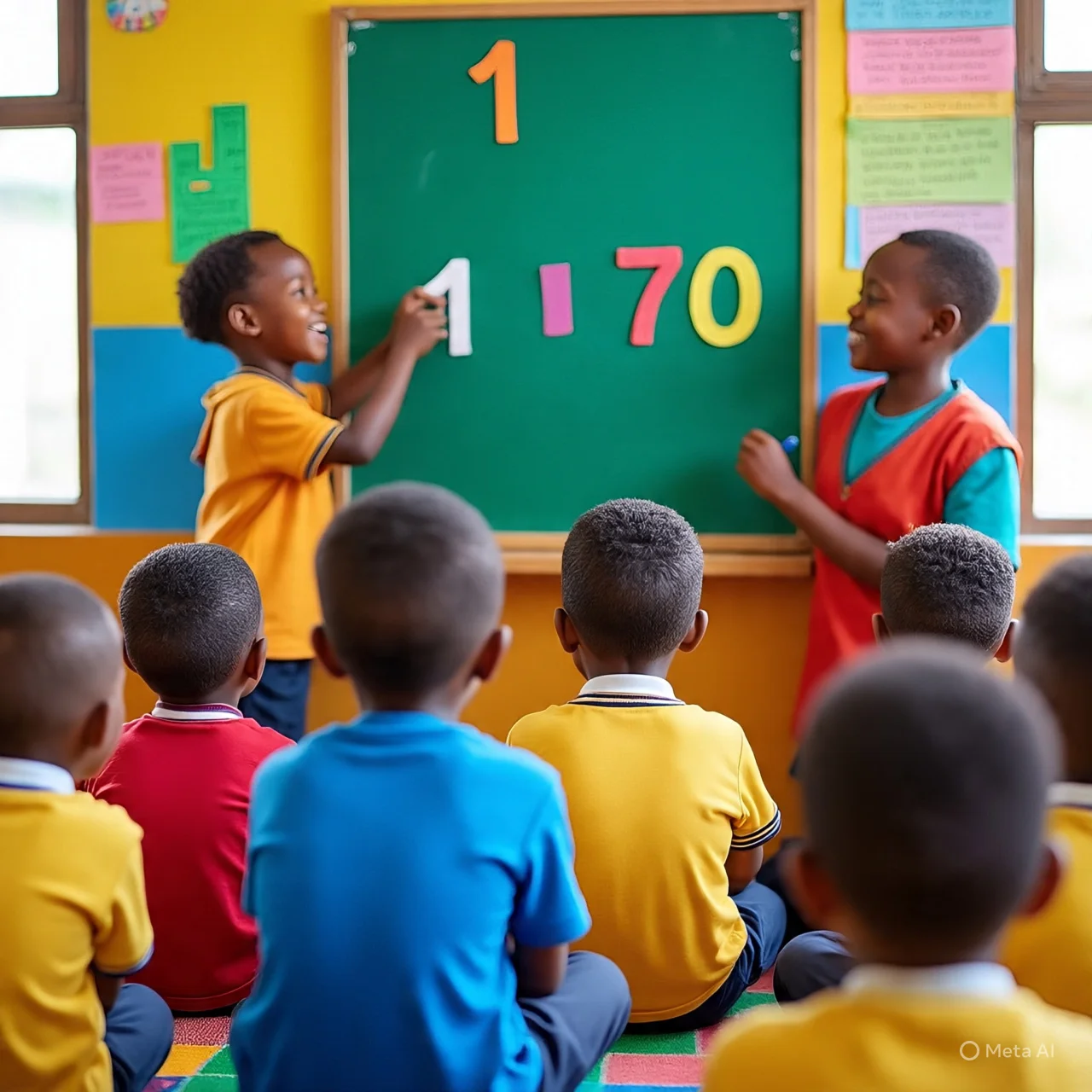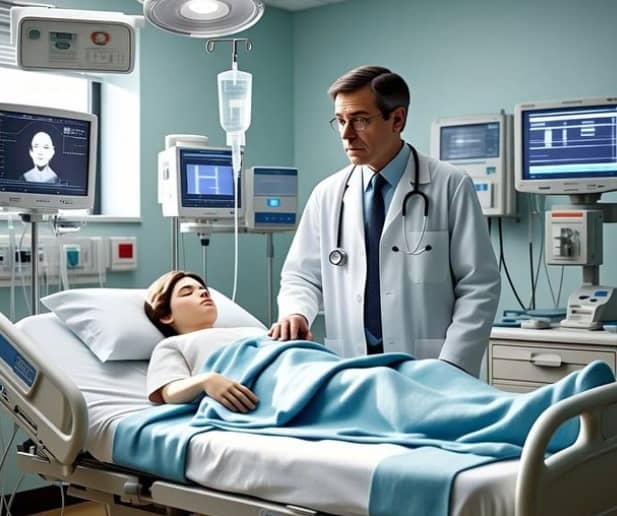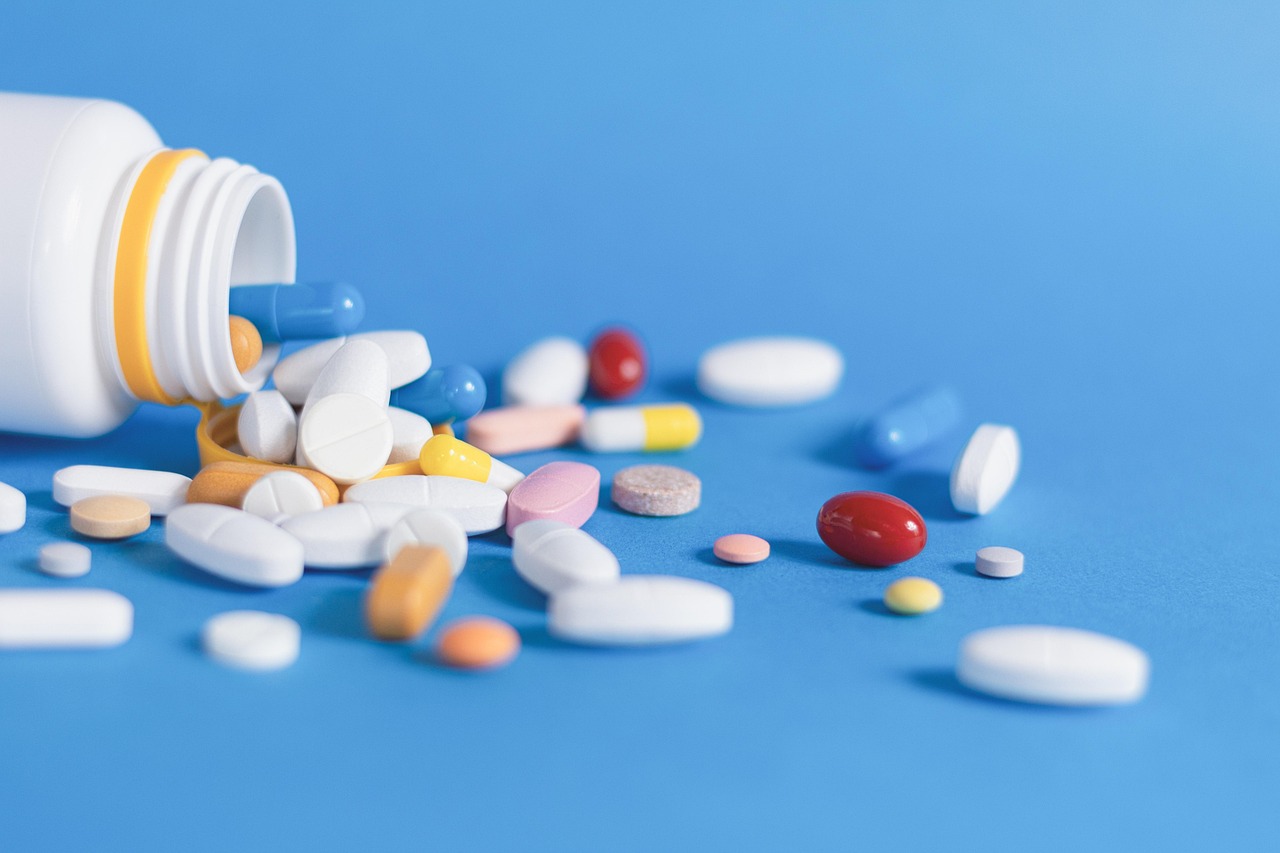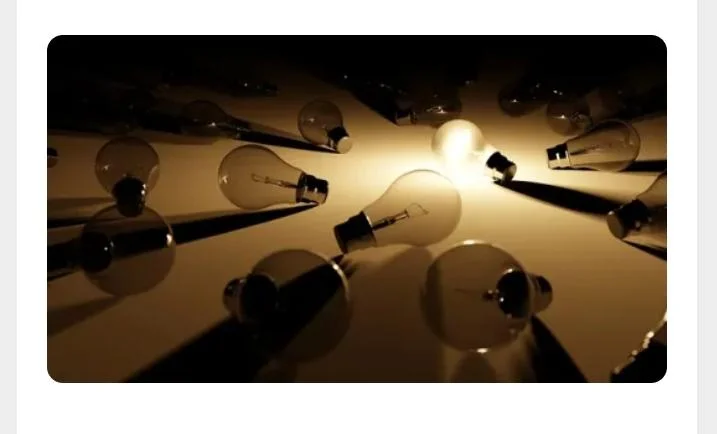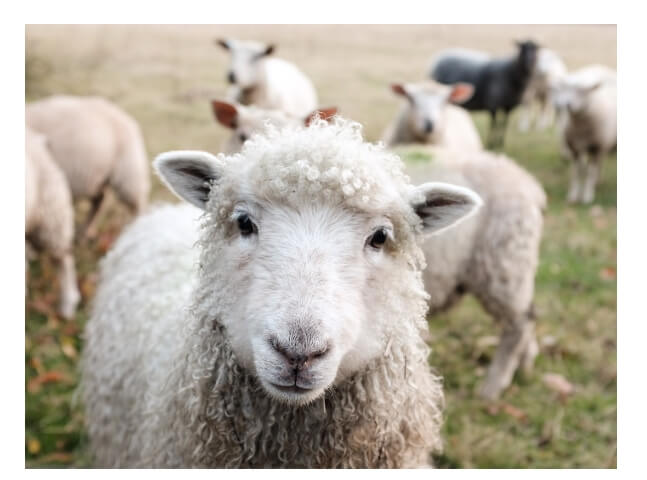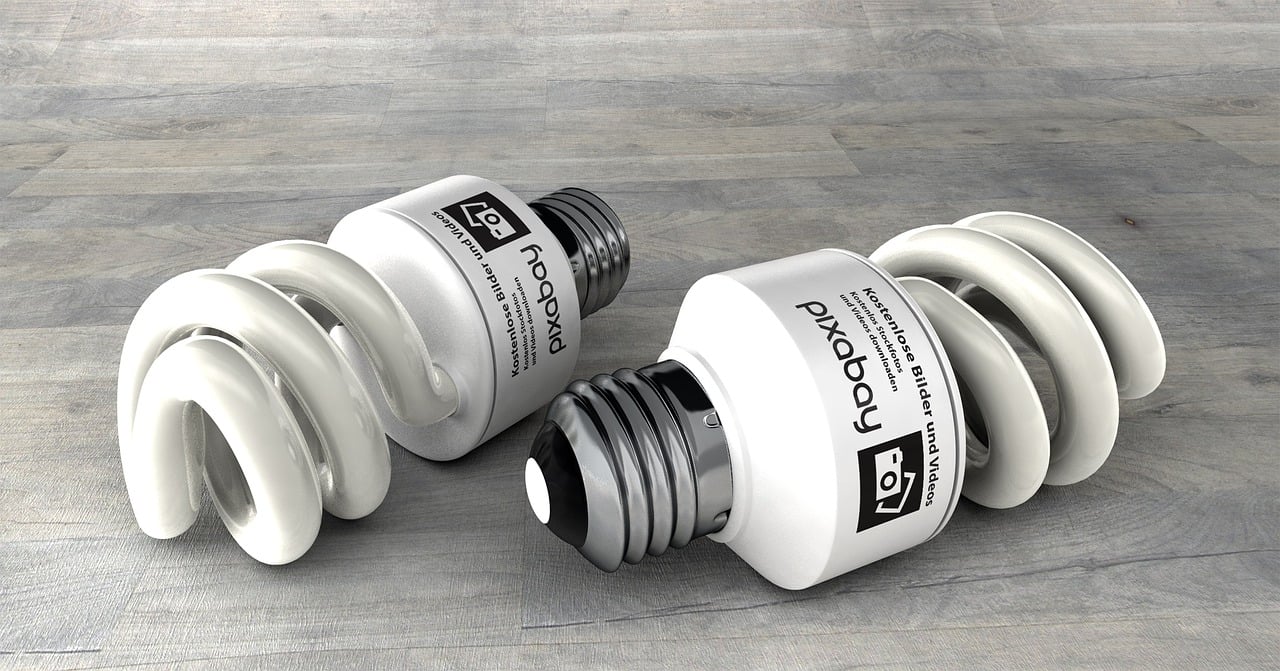Reasons for taking substances into the body
SOCIAL STUDIES LESSON PLAN – WEEK 2
Subject: Social Studies
Class: Primary 1
Term: Second Term
Week: 2
Age: 5–6 years
Topic: Reasons for Taking Substances Into the Body
Sub-topic: Legal and Illegal Substances
Duration: 40 minutes
Behavioural Objectives
By the end of the lesson, pupils should be able to:
- Explain what a substance is.
- Mention examples of substances.
- Identify legal and illegal substances.
- State reasons why people take substances.
- Explain why some substances are harmful.
Keywords (with meanings)
- Substance – Something taken into the body.
- Drug – A substance used to treat sickness.
- Legal – Allowed by law.
- Illegal – Not allowed by law.
- Medicine – A drug that helps us get well.
- Cocaine – A harmful illegal substance.
- Marijuana – A harmful illegal substance.
- Paracetamol – A legal medicine for pain.
- Curiosity – Wanting to try something new.
- Peer pressure – Doing something because friends are doing it.
Set Induction (Attention-Grabbing Story)
Teacher tells an age-appropriate story:
“Children, listen. Last week at Mama Chinedu’s shop, her little boy had a headache. He was crying and could not play. Mama Chinedu quickly gave him paracetamol. After a few minutes, he felt better and smiled again. But as I was leaving, I saw an older boy trying to hide and drink something inside a black nylon. His eyes were red, and he was shaking. That drink was not medicine. It was an illegal substance that can harm the body. Today, we will learn why people take substances and which ones are safe.”
Entry Behaviour
Teacher asks pupils:
“What do you take when you fall sick?”
Pupils respond with examples like medicine, drugs, paracetamol.
Teacher affirms and connects responses to today’s lesson.
Learning Resources / Materials
- Pictures of medicines
- Chart showing legal and illegal substances
- Flashcards
- Drawing book & crayons
Building Background / Connection to Prior Knowledge
Teacher reminds pupils that last week they learned about food and its uses.
Now they will learn about substances and why people take them.
Embedded Core Skills
- Critical thinking
- Personal safety
- Communication
- Self-awareness
- Listening and observation
Reference Books
- Lagos State Unified Scheme of Work
- NERDC Basic Education Curriculum
- Social Studies for Primary Schools (UPL)
Instructional Materials
- Charts
- Pictures of medicines
- Board illustrations
CONTENT
Meaning of Substance
A substance is anything taken into the body to change how the body feels or works.
Clear List Explanation
- A substance can be medicine.
- A substance can be harmful.
- Some substances help the body.
- Some substances damage the body.
- Some substances are allowed; some are not allowed.
Examples of Substances (at least 10)
Legal (Allowed)
- Panadol
- Paracetamol
- Chloroquine
- Flagyl
- Penicillin
Illegal (Not Allowed)
6. Cocaine
7. Marijuana
8. Heroin
9. Codeine (abused)
10. Indian hemp
In-depth Explanation with Examples
1. Legal Substances
These are safe and allowed by law.
Examples:
- Paracetamol
- Panadol
- Chloroquine
- Flagyl
- Penicillin
2. Illegal Substances
These are dangerous and not allowed.
Examples:
- Cocaine
- Marijuana
- Heroin
- Codeine (when abused)
- Indian hemp
3. Why People Take Substances
- To stay alive (medicine)
- To get well when sick
- Because of curiosity
- Peer pressure
- To feel strong or brave
- To reduce pain
- To reduce sadness
- To reduce anger
- To relax
- To avoid danger
4. Substances That Harm the Body
Examples:
- Cocaine
- Marijuana
- Heroin
- Codeine abuse
- Indian hemp
5. Substances That Help the Body
Examples:
- Paracetamol
- Panadol
- Chloroquine
- Flagyl
- Penicillin
PRESENTATION STRUCTURE
Step 1 – Revision
Teacher revises last lesson on food.
Step 2 – Introduction
Teacher introduces the topic:
“Today we will learn Reasons for Taking Substances into the Body.”
Step 3 – Contribution
Pupils share their ideas about medicine.
Teacher corrects and clarifies.
Teacher’s Activities
- Tells the story.
- Displays pictures.
- Explains meaning of substances.
- Differentiates legal and illegal substances.
- Lists reasons for taking substances.
- Guides discussion.
- Writes key points on the board.
- Gives evaluation questions.
Learners’ Activities
- Listen to the story.
- Identify substances on charts.
- Repeat key terms.
- Ask questions.
- Answer evaluation questions.
EVALUATION QUESTIONS (Fill in the Blanks with Options)
- A ________ is something taken into the body.
a. substance b. stone c. paper d. toy - Paracetamol is a ________ substance.
a. legal b. illegal c. dirty d. water - Cocaine is ________.
a. illegal b. food c. fruit d. drink - People take substances to ________.
a. get well b. fly c. draw d. sweep - ________ can harm the body.
a. heroin b. rice c. water d. book - Medicine helps us to ________.
a. get well b. jump c. fight d. cook - Curiosity means ________.
a. wanting to try something new
b. sleeping
c. shouting
d. dancing - Peer pressure means doing something because ________.
a. friends are doing it
b. teacher says so
c. rain is falling
d. you are eating - ________ is a legal substance.
a. penicillin b. cocaine c. hemp d. heroin - ________ is an illegal substance.
a. marijuana b. bread c. milk d. water
SHORT ANSWER EVALUATION QUESTIONS
- What is a substance?
- Mention one legal substance.
- Mention one illegal substance.
- What do we take when we are sick?
- Why do people take medicines?
- Why is cocaine harmful?
- What is peer pressure?
- Mention one reason people take substances wrongly.
- Give one example of medicine.
- Which substance should we avoid?
CLASS ACTIVITY DISCUSSION (FAQs)
- What is a substance?
Something taken into the body. - Are all substances good?
No. - Which substances are good?
Medicines. - Which substances are bad?
Illegal drugs. - Why do we take medicine?
To get well. - Why do some people take harmful substances?
Peer pressure. - What happens if we take harmful substances?
It damages the body. - Who should give us medicine?
A doctor or adult. - Is codeine safe for children?
No. - Should we take substances secretly?
No.
CONCLUSION
Teacher walks around, marks pupils’ work, corrects errors, and praises effort.

